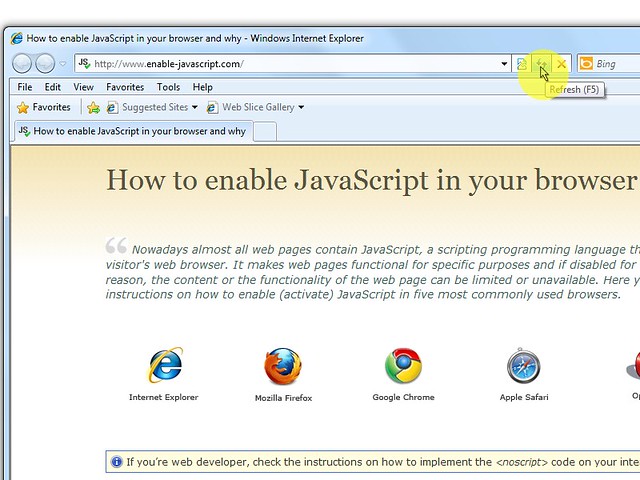

- Change network settings for firefox on mac how to#
- Change network settings for firefox on mac install#
- Change network settings for firefox on mac Bluetooth#
- Change network settings for firefox on mac series#
- Change network settings for firefox on mac mac#
For an ethernet connection, you’ll see Ethernet, Network Settings, ISP, Internet, and Server.
Change network settings for firefox on mac series#
The left side of the window displays a series of entries. This launches the Network Diagnostics application that helps you determine the health of your network. This method is hardly a cure-all, however, and that’s why I direct you next to the Assist Me button at the bottom of the window. Renewing the DHCP lease can sometimes put a network back on its feet. Below the button you’ll see the name of the network you’re connected to as well as the IP address assigned to your Mac. To disable Wi-Fi, just click this button. If you’ve selected Wi-Fi, you’ll see a Status entry to the right, which should read Connected. Select one of these active connections (again, one with a green dot). The Network preference shows you all your existing connections.

We’ll concern ourselves with ethernet and Wi-Fi, as they’re the most commonly used connections.
Change network settings for firefox on mac Bluetooth#
You may also see listings for Thunderbolt Ethernet, USB Ethernet, FireWire, Thunderbolt FireWire, and Bluetooth PAN. And a red dot tells you that there is no connection (a FireWire entry will show the red dot if there’s no FireWire cable attached to your Mac, and the Wi-Fi item will have its own red dot if you’ve turned Wi-Fi off). A yellow dot means that the connection could be active, but it’s not yet configured. A green dot next to any entry indicates that the connection is active and available to use.
Change network settings for firefox on mac mac#
A Mac that sports an ethernet port and carries Wi-Fi circuitry will, at the very least, display ethernet and Wi-Fi entries. Exactly what you see here depends on the Mac you’re using. Now that the theory portion of the lesson is over, let’s move to its practical application by choosing System Preferences from the Apple menu and selecting the Network preference.Īlong the left side of the Network window, you’ll see any network avenues available to you. And the router’s IP addresses are the many doors you use to enter and exit your home. Imagine that the IP address assigned by your ISP is a road in front of your house. I don’t want to burden you with a load of technical terms, so perhaps an analogy will help you understand how they all fit together. An easy way to think of a local IP address is as the device’s network name-like Shane, Courtney, Anastasia, or Gub-Gub-only in this case, the name is represented by a string of numbers separated by periods ( 192.168.0.22 or 10.0.1.29, for instance). When you log on to your network with your Mac or an iOS device, it’s assigned one of these addresses. The router creates a number of internal IP addresses-private addresses used only within your local network. The router, as its name implies, routes devices connected to it (either with a wire or via Wi-Fi) so that they can access your Internet connection. (If you have a static account, you’ll always have the same IP address if you have a dynamic account-which is most common-your IP address can change.) This IP address is your main thoroughfare to the Internet. This address is selected from a range of addresses that the ISP owns, and it can change depending on the kind of account you’ve signed up for. (Default in Linux default for all platforms, starting in Firefox 3.6.In most cases, the modem/router relationship works this way: Your Internet service provider assigns something called an IP address to your Internet account. (Default in Windows and Mac pre-Firefox 3.6.4)

Change the number to relate to the correct setting.Search the file (CTRL+F) to find the setting.Open Notepad.exe (run as admin to allow you to save any changes).To change the default proxy type do the following “C:\Program Files\Mozilla Firefox\greprefs\all.js”).
Change network settings for firefox on mac install#
It turns out Firefox now stores this kind of configuration in the all.js file, located in the Firefox install directory (e.g.
Change network settings for firefox on mac how to#
If anyone knows how to change it please add a comment. WARNING: This seems to have changed again since Firefox 4 was released. Luckily I found a way to set the “Auto-detect” option for all users. Although this may seem to make sense, on our network this causes terribly slow page load times, e.g. There is now a “Use system proxy settings” option (similar to Google’s Chrome) that seems to be selected by default for new users. However, it seems the default install behaviour has slightly changed to add a new option that seems to muddy the water. This doesn’t normally cause much of an issue as we only use Firefox on a few select machines and can be changed by the individual user. Normally, when we install Firefox on our network, we have to change the proxy settings from the default “No Proxy” to “Auto-detect proxy settings for this network”. I recently had an issue with the latest version of Firefox (v3.6.15).


 0 kommentar(er)
0 kommentar(er)
